Improving the patient experience improves lives, protects your business, and even makes employees happier. Every day, healthcare organizations are under more pressure to focus on their patient experience. These include external pressures that affect licensing and credibility, clinical pressures that impact patient outcomes, and business pressures that relate to risk and profitability. Maintaining HIPAA compliance is also a critical part of this effort, ensuring that patient data is handled securely while building trust and meeting regulatory standards.
CAHPS survey scores are more visible and have become more important since the Affordable Care Act of 2010 tried to make electronic health data more accessible through technology. These reports are an incentive for medical providers to improve their facility scores, especially since compensation packages are more intertwined with these metrics than ever before. When you combine this with the effect patient experience has on malpractice risk, employee satisfaction, and patient loyalty, it’s clear why the market is pushing organizations toward better patient experiences.
Most important, it’s pretty clear that patient experiences have a measurable impact on patient outcomes. When patients have a positive experience, they are more likely to stick to their treatment plans. They also do a better job of managing their conditions, and they believe they’re getting better overall care from their providers.
Patient satisfaction and experience are closely linked
The first step to improving the patient experience is to help your team shift their mindsets about feedback. For patient feedback to make an impact, staff must see it as an ally, not a foe. This shift can be a challenge since surveys often include negative feedback about patient visits. How can you ensure your team views this data in the best light possible?
1. Provide patient education
There’s a direct correlation between patient satisfaction and the value they feel they’re getting from their visit. Providers can improve perceived value by taking time to educate their patients. Doctors don’t necessarily have to increase visit lengths, but they can teach patients by providing educational handouts, sending follow-up emails, and ensuring they address patients’ questions during their visits.
2. Upgrade your systems
A lot of things can impact a patient’s satisfaction or discontentment before they ever see a member of your team — failing to meet a client’s expectations is one of them. For example, scheduling can be a significant pain point for clients, especially when systems are outdated or hard to use. Changes in the overall market mean that customers expect a certain level of intuitiveness in every setup they use.
3. Create easy feedback loops
Inevitably, patients will occasionally feel dissatisfied with their visits despite your best efforts. Making it easy for them to voice their concerns is an effective way to mitigate the impact of a bad experience and even help retain them as loyal clients. Giving them access to digital surveys, letting them speak with customer service reps, or adding a question to the outtake process are helpful ways to let patients express any frustrations they have.
4. Improve patient follow-ups
Keeping patients engaged after their visit is another way providers can improve their overall satisfaction. Sending promised materials, timely reminders, and helpful advice makes patients feel valued — and more likely to return and make referrals. Set up workflows that automatically send patients standard materials to alleviate pressure on your team.
5. Protect patient confidentiality
Protecting your patients’ privacy is not only the right thing to do — it’s also your legal responsibility. Failing to do so can have a major impact on your business. If private patient data is leaked, it hurts patient satisfaction and could even lead to serious legal and financial consequences.
6. Be transparent about visit expectations
Transparency is a very low-cost adjustment providers can make to improve the patient experience. If you expect a patient to wait an hour or more, tell them. This honesty will help them readjust their expectations and reduce uncertainty, which will mitigate the impact on their overall experience.
7. Focus on communication
Communication is often one of the areas where patients experience friction. Asking key questions can help you improve communication between your office and your patients. How easy is it for patients to find contact information? Do patients have more than one method of getting in touch?
It’s pretty likely your practice is already using some of these techniques, but improving patient experience is an evolving task. Reassess your practice regularly, and your patients will notice the effort you put into making their visits as pleasant as possible.
8. Show empathy
Many patients feel that their providers lack empathy during visits. Ask questions to understand a patient’s situation, and when you don’t agree with their assessment, be clear about why you don’t. When a provider shows a patient that they’re listening, the patient is more likely to feel that their provider cares about them.
Leverage digital tools to engage your patients and employees
The best way to boost patient satisfaction is by improving their experience. To do this effectively, it’s crucial to understand how your clients feel. As mentioned earlier, digital patient surveys are a great way to collect this data since they’re versatile and your patients can fill them out when it’s convenient for them.
To increase the chances that patients will complete your surveys, create simple, short surveys and send them to patients in a timely manner. This Jotform blog post shares five critical questions you can ask in your survey to better understand how patients feel.
The methods for improving patient experiences we’ve discussed aren’t groundbreaking, but they do require providers to develop a healthy attitude toward patient feedback. Input that’s both positive and negative can give your healthcare organization insight into how it performs and provide clarity in your vision of the future.
However, with today’s overworked healthcare staff, it’s important to use tools that won’t add to their workload. One additional way you can make creating patient surveys as painless as possible is by leveraging templates. Jotform has a variety of patient survey templates to help you easily collect feedback that can improve your practice.
Jotform provides HIPAA-friendly digital forms to help you collect better data on your patients. Our forms are easy to use, secure, and accessible anywhere. Try one of our templates today and make collecting data easier than ever — for both your team and your patients.





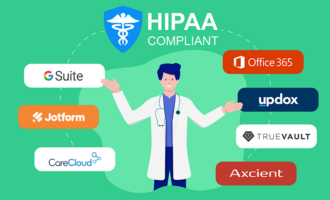















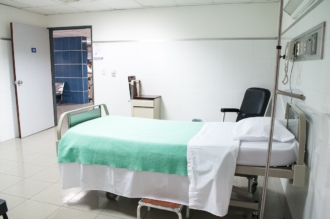

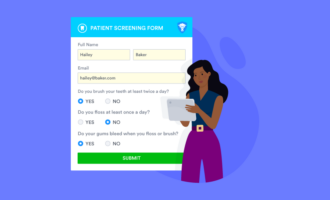



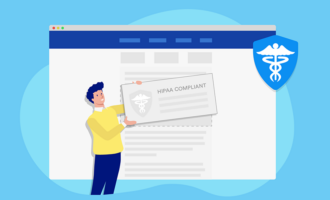
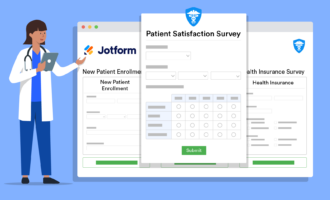











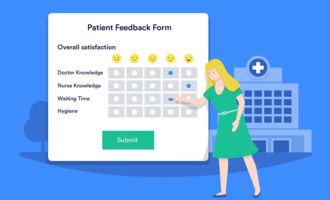





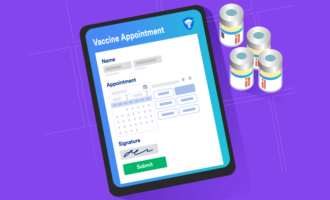











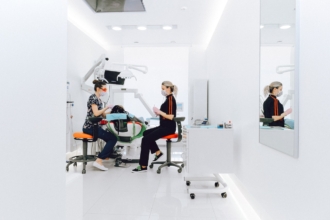


















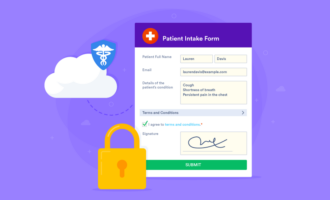




















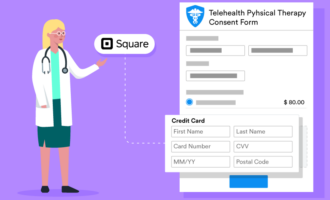

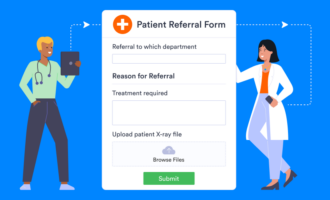


Send Comment: